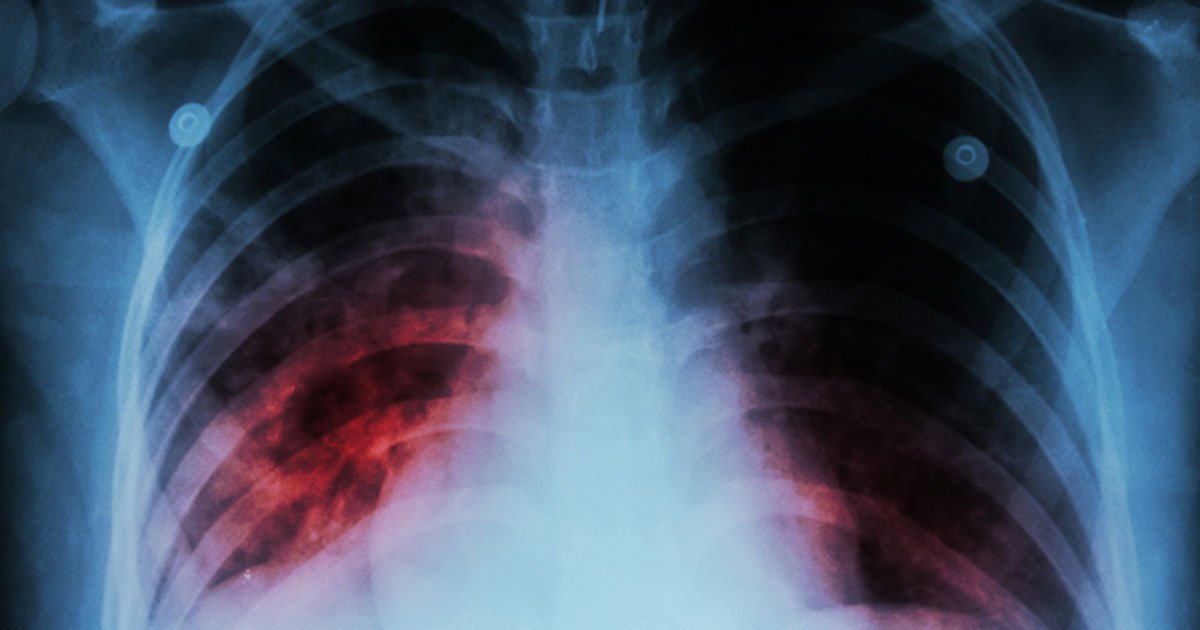Chest And TB
TB can affect any organ system, although manifestations are most commonly related to the chest. The lungs are the most common and often the initial site of involvement. Chest involvement is most commonly pulmonary, followed by lymph nodal and pleural disease (latter two are included under EPTB).
About one-third of the world's population has latent TB, which means people have been infected by TB bacteria but are not (yet) ill with disease and cannot transmit the disease.
People infected with TB bacteria have a lifetime risk of falling ill with TB of 10%. However persons with compromised immune systems, such as people living with HIV, malnutrition or diabetes, or people who use tobacco, have a much higher risk of falling ill.
When a person develops active TB (disease), the symptoms (cough, fever, night sweats, weight loss etc.) may be mild for many months. This can lead to delays in seeking care, and results in transmission of the bacteria to others. People ill with TB can infect up to 10-15 other people through close contact over the course of a year. Without proper treatment up to two thirds of people ill with TB will die.


.png)


